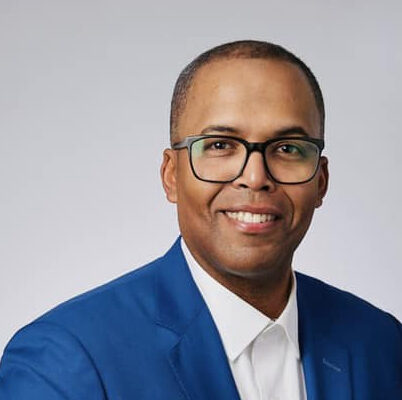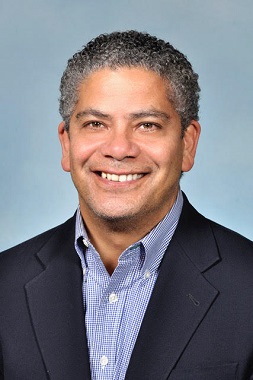The Importance of Diversity in the C-Suite
05/23/23
As the business world is becoming more global and complex, there is a growing awareness of the importance of diversity in the C-Suite. Despite this, the percentages of diverse executives in the C-Suite remain low, with women and people of color being overwhelmingly underrepresented. This lack of diversity can have a negative impact on innovation in a company.
Diversity in the C-Suite brings a variety of perspectives and experiences to the table, which can lead to more innovative ideas and solutions. A diverse group of executives can bring different ways of thinking, problem-solving, and decision-making to a company. This can help a company to adapt to changing market conditions, as well as to better understand and serve a diverse customer base.
One key aspect of diversity is gender diversity. Research has shown that companies with more women in leadership positions tend to have better financial performance and higher levels of innovation. Women bring unique perspectives and skills to the table, such as empathy, collaboration, and a focus on long-term relationships.
Another important aspect of diversity is racial and ethnic diversity. People of color bring a range of experiences and cultural insights that can help a company to better understand and serve diverse markets. They can also bring an entrepreneurial spirit and a focus on innovation that can help a company to stay ahead of the curve.
In addition to the benefits of diversity for innovation, there are also ethical and social reasons to promote diversity. Having a diverse group of executives sends a message to employees, customers, and the wider community that the company values diversity and inclusion. This can help to attract and retain top talent, as well as to improve the company’s reputation and brand.
In conclusion, diversity in the C-Suite is essential for innovation in any company. By bringing together a range of perspectives and experiences, diverse executives can help a company to stay ahead of the curve and to better understand and serve a diverse customer base. Companies that prioritize diversity in the C-Suite also send a message that they value diversity and inclusion, which can have a positive impact on their reputation, brand, and bottom line.
GET IN TOUCH
- 877-998-9092
- nicole@diversityrecruiters.com
- Search Conducted by Diversity Recruiters™
or send us a message
email us and we will happily respond
_____________________________



